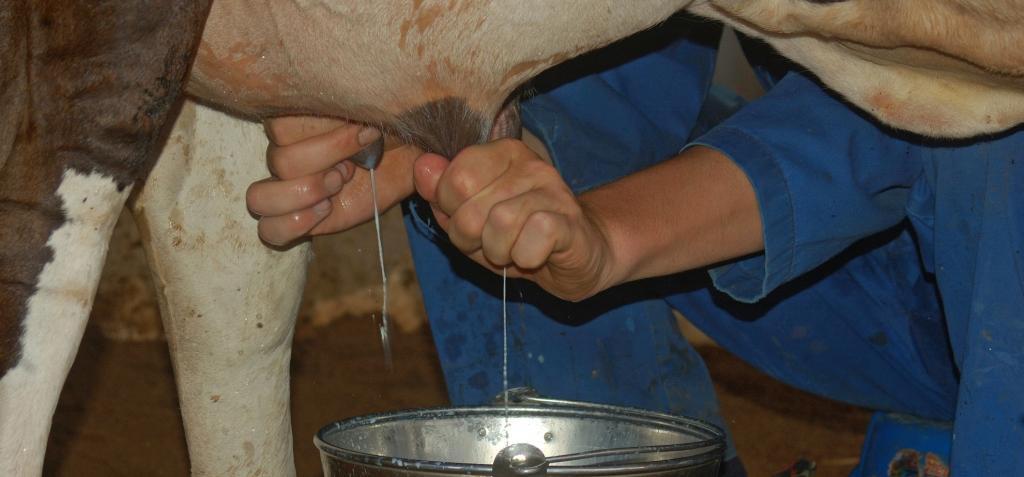At a global webinar organised to mark the ongoing World Antimicrobial Awareness Week (November 18-24), Centre for Science and Environment (CSE) made a strong pitch for introducing ethnoveterinary medicine (EVM) as an effective alternative to antibiotics for the dairy sector.
EVM involves use of traditional and herbal preparations in treating diseases of cattle. CSE’s contention is based on the encouraging results of an ongoing project on EVM led by the National Dairy Development Board (NDDB).
Unlike Covid-19, AMR is a ‘silent’ pandemic, killing many every day across the world. A big concern is antibiotic resistance in particular, which means that antibiotics are becoming ineffective to treat bacterial infections. It is a growing global public health crisis that can also impact food security, livelihood and development. Antibiotic misuse and overuse in producing food from animals is a major cause of rising AMR.
“The world wants to save antibiotics to keep them effective. But so far, we have not had much success due to lack of effective alternatives. We are now excited to share these new results on the effectiveness of ethnoveterinary medicine practices in the Indian dairy sector,” said CSE director general Sunita Narain, who is also a member of the Global Leaders Group on AMR.
“EVM can go a long way in replacing antibiotics in this sector and reducing antibiotic resistance. But most importantly, it is a low-cost, farmer-friendly option. It can be a game-changer in how diseases are managed without toxic chemicals in the dairy sector,” she added.
CSE analysed results of ‘Mastitis Control Popularization Programme (MCPP)’ started in 2014 by the NDDB, with technical support from the Trans-Disciplinary University, Karnataka and piloted at Sabar Dairy in Gujarat. At present, MCCP is being implemented by 16 milk unions and milk producer companies across eight Indian states of Kerala, Karnataka, Andhra Pradesh, Maharashtra, Gujarat, Punjab and Uttar Pradesh.
A V Hari Kumar of NDDB said: “We always work with small and marginal farmers who are our core target group. Cost efficacy is therefore the prime consideration. Whatever technology that is taken to the field needs to cost effective. When we started collecting the data on EVM, we were convinced that this could be a good alternative because of its cost efficacy.”
EVM’s effectiveness is indicated by data received from Sabar dairy in Gujarat, which had accounted for about 67 per cent of the total cases treated for mastitis, fever, diarrhoea and indigestion – the dairy showed a large reduction in antibiotic purchases over last five years. From antibiotics purchased for Rs 2.1 crore in 2017-18, it only bought Rs 63 lakh worth in 2021-22. The union also recorded a decrease of about 2.29 lakh veterinary calls from 2017-18 till December 2020, and an overall saving of Rs 1.9 crore on medicine costs, including antibiotics, for the same period.
“In our experience, at the village level, the treatment using EVM is as effective as allopathic medicines, which cost about 10 times more. This has led to a very high acceptance among farmers,” said Anil Kumar Bayati Sabar Dairy.
Says Amit Khurana, director, sustainable food systems programme, CSE: “It is clear that EVM is very effective in several diseases which are common and highly prevalent and antibiotics are otherwise used to treat them. On an average, four out of five cases are getting cured.”
“This means a lot of antibiotic overuse and misuse can be avoided. Those which are of critical importance to humans can also be conserved to save lives. This also means farmers can reduce their losses due to presence of antibiotics in milk and earn more by selling milk for more days. Consumer exposure to antibiotics in milk can also be avoided,” adds Khurana.
CSE researchers recommend that the Central and state governments should promote upscaling ethnoveterinary medicines at all levels (like that of big and small milk producers, procurement agencies, etc) through suitable policies and programmes.



